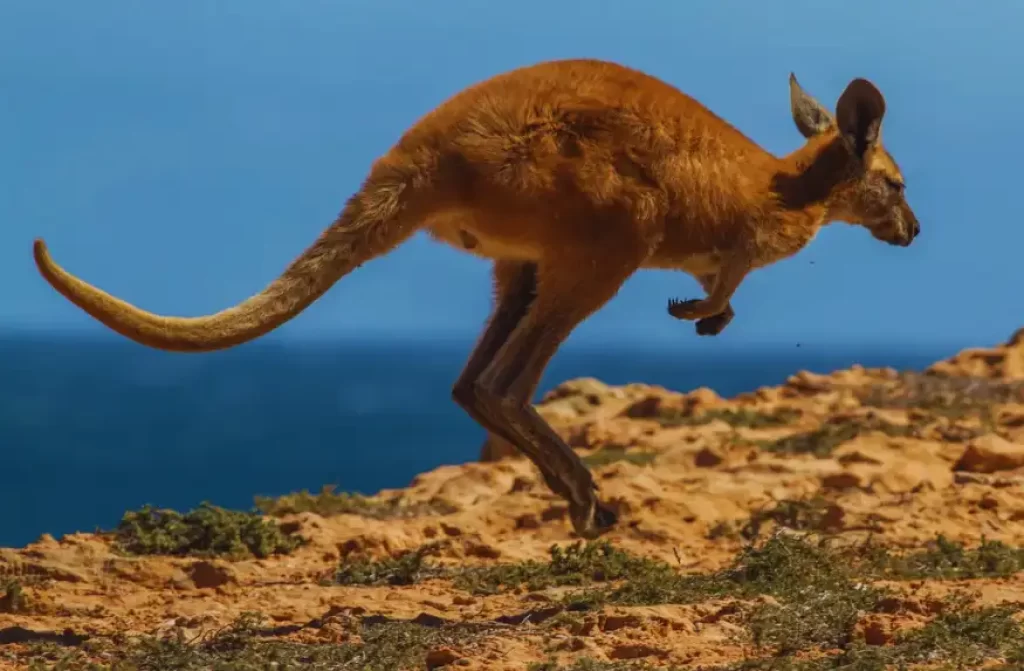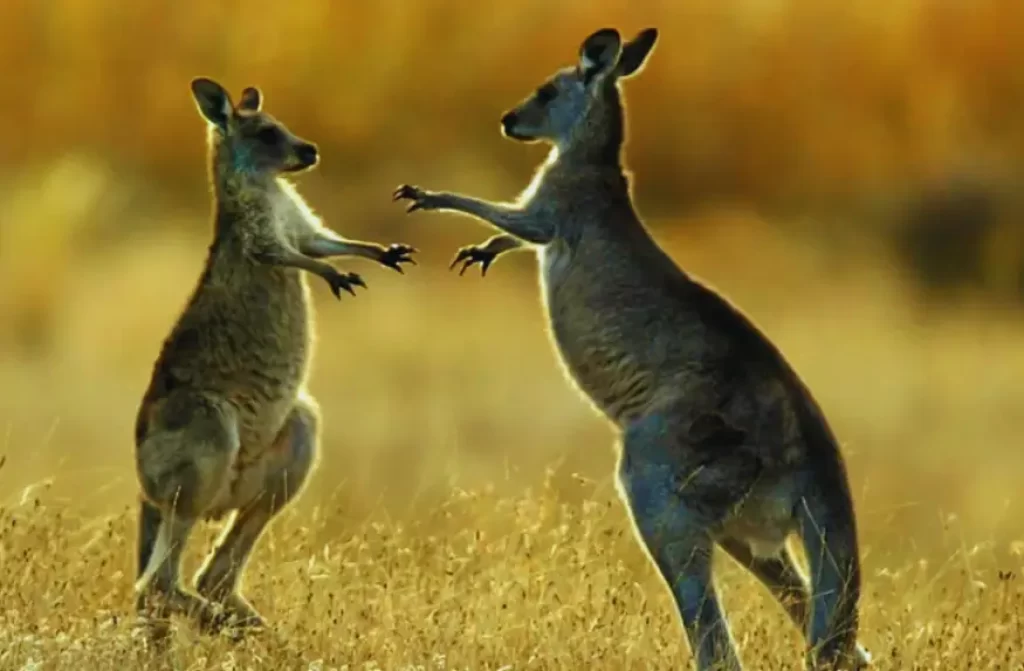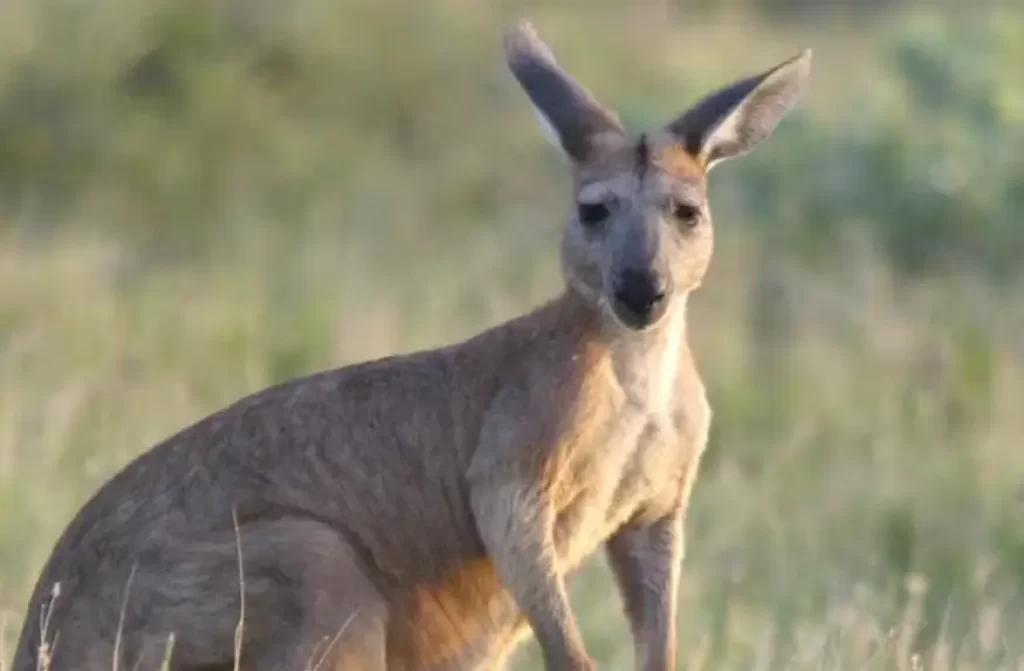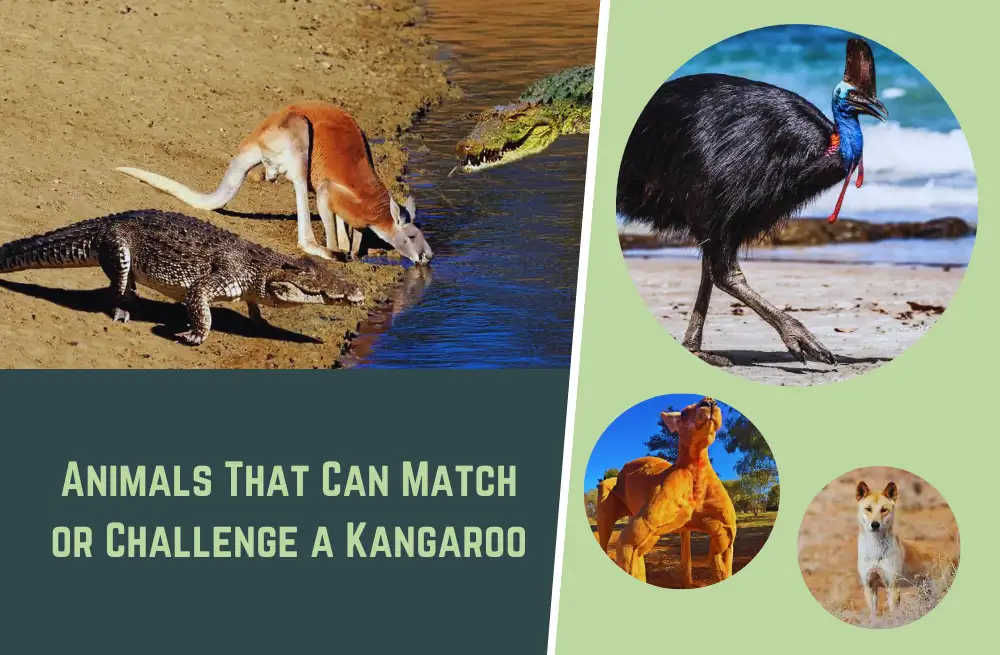The kangaroo, with its unique appearance and remarkable hopping abilities, is an iconic symbol of Australia. But have you ever wondered how this fascinating creature came to be known as the kangaroo?
Today we will explore the intriguing story behind the origin of the kangaroo’s name and unravel the historical journey that led to its identification.
Are you ready? So, let’s goooooooo!
How kangaroo got its name?

Aboriginal Origins
Long before European settlers arrived in Australia, the indigenous Aboriginal people had already established their own names for the animals they encountered in the vast land. However, the term “kangaroo” did not originate from the Aboriginal language.
European Encounter
The first recorded European encounter with a kangaroo took place during Captain James Cook’s voyage to Australia in 1770. As Cook and his crew explored the eastern coast, they encountered strange and unfamiliar animals hopping across the land.
Fascinated by these peculiar creatures, Cook and his crew attempted to communicate with the local Aboriginal people to learn more about them.
A Linguistic Misunderstanding
During the encounter, Cook and his crew tried to inquire about the name of these hopping animals, pointing and asking, “What is this?” in their native language.
The Aboriginal people, unfamiliar with English, misunderstood their question and replied with “Kangaroo,” which was believed to mean “I don’t understand” or “I don’t know” in their language.
Unfortunately, Cook and his crew mistook “kangaroo” as the name of the animal itself and began using it to refer to the hopping marsupials they encountered. This linguistic misunderstanding would go on to shape the future identification of kangaroos.
Further Linguistic Analysis
Later linguistic studies suggested that “kangaroo” might have been a combination of words used by the Guugu Yimithirr people, the Aboriginal group Cook encountered. It is believed that the term may have resulted from the words “gangurru” or “gangurruu,” which refer to the Grey Kangaroo or Eastern Grey Kangaroo.
Popularity and Global Recognition
Once the word “kangaroo” entered the European lexicon, it gained popularity and became widely recognized as the name for these unique creatures. The term spread throughout Europe, and kangaroos eventually became a subject of curiosity and fascination among naturalists, leading to their scientific study and classification.
You might also fin interesting: 15 Animals That Can Match or Challenge a Kangaroo
Kangaroo aboriginal symbol

The kangaroo holds great significance in Aboriginal culture and is often depicted as a symbol in their art and storytelling. In Aboriginal traditions, the kangaroo represents various meanings depending on the specific community and context. Here are a few common interpretations of the kangaroo as an Aboriginal symbol:
Spiritual Significance
The kangaroo is believed to possess spiritual qualities and is associated with ancestral spirits and Dreamtime stories. It is often seen as a symbol of connection to the land, representing strength, resilience, and survival.
Cultural Identity
The kangaroo is deeply ingrained in Aboriginal culture and is considered a symbol of cultural identity. It represents the deep relationship between Aboriginal people and the land, as kangaroos have been an essential source of food, clothing, and tools for thousands of years.
Kinship and Social Structure
The kangaroo’s social structure, characterized by close-knit groups and hierarchical organization, is sometimes seen as a metaphor for Aboriginal kinship systems and community values. It reflects the importance of family, community, and the interconnectedness of all living beings.
In Aboriginal art, kangaroos are often depicted through various artistic mediums such as paintings, carvings, and ceremonial objects. These representations not only showcase the artistic skills of the Aboriginal people but also serve as a means of preserving cultural knowledge and sharing important stories.
The kangaroo, as an Aboriginal symbol, encapsulates the deep cultural, spiritual, and ancestral connections between Aboriginal people and the land. Its significance extends beyond its physical presence, embodying the values, traditions, and wisdom of Australia’s First Nations peoples.
Does kangaroo mean i don’t understand?

No, the word “kangaroo” does not actually mean “I don’t understand” in any language. The idea that the term originated from a misunderstanding between European explorers and Aboriginal people is a popular myth.
While there was indeed a linguistic miscommunication during Captain James Cook’s expedition, the exact origins of the word “kangaroo” are still subject to debate and speculation.
The truth is that the Aboriginal people of Australia had their own names for the kangaroo and other native animals long before European arrival. The term “kangaroo” was likely derived from one of the Indigenous languages spoken in the regions where European explorers first encountered these fascinating creatures.
Language is a complex and ever-evolving aspect of human culture, and the origins of words can often be traced back through a complex web of historical interactions. In the case of the kangaroo, its name carries a legacy that intertwines the encounters between European explorers and the rich indigenous heritage of Australia.
So while “kangaroo” may not mean “I don’t understand,” the story behind its naming is a testament to the cultural exchange and exploration that have shaped our understanding of these magnificent creatures.
You might also like: How do Kangaroos Protect Themselves from Predators?
Who first discovered kangaroos?
The discovery of kangaroos can be attributed to the early European explorers and naturalists who first encountered these fascinating creatures during their voyages to Australia. One of the first recorded encounters with kangaroos by Europeans was during Captain James Cook’s expedition in 1770.
Cook and his crew, including the botanist Joseph Banks, were astounded by the unique marsupials they encountered and documented their observations.
However, it is important to note that kangaroos have long been a part of the indigenous Aboriginal culture in Australia. The Aboriginal people had their own deep understanding and knowledge of the land and its diverse wildlife, including kangaroos, long before European arrival.
The Aboriginal people’s connection and interaction with kangaroos date back thousands of years, but their discovery and recognition were largely attributed to the European explorers in the broader context of global scientific exploration.
How did Kangaroo Island get its name?

Kangaroo Island, located off the coast of South Australia, got its name due to the presence of kangaroos on the island. The island was originally named “Kanguroo Island” by British explorer Matthew Flinders, who first visited the island in 1802 during his circumnavigation of Australia.
During his exploration, Flinders and his crew encountered a large number of kangaroos on the island. Impressed by the abundance of these iconic Australian marsupials, Flinders named the island in their honor, calling it “Kanguroo Island.” Over time, the spelling evolved to “Kangaroo Island,” and the name has remained to this day.
Kangaroo Island is not only renowned for its kangaroo population but also for its diverse wildlife, stunning landscapes, and pristine natural beauty. It has become a popular tourist destination, allowing visitors to experience the unique flora and fauna of this remarkable island.
Related animals
Conclusion
The story behind the name “kangaroo” is a testament to the complex interplay of language, exploration, and cultural exchange.
It serves as a reminder of the diverse and interconnected nature of our world. Kangaroos, with their unique adaptations and iconic status, embody the spirit of Australia and capture our imagination.
If you’re eager to delve deeper into the world of kangaroos, their behaviors, habitats, and conservation efforts, we invite you to check the other articles on our website.
From their distinctive hopping abilities to their role in the Australian ecosystem, there’s always more to learn about these incredible marsupials.







